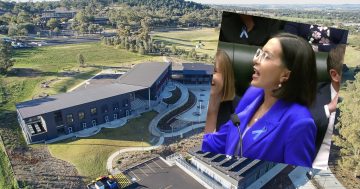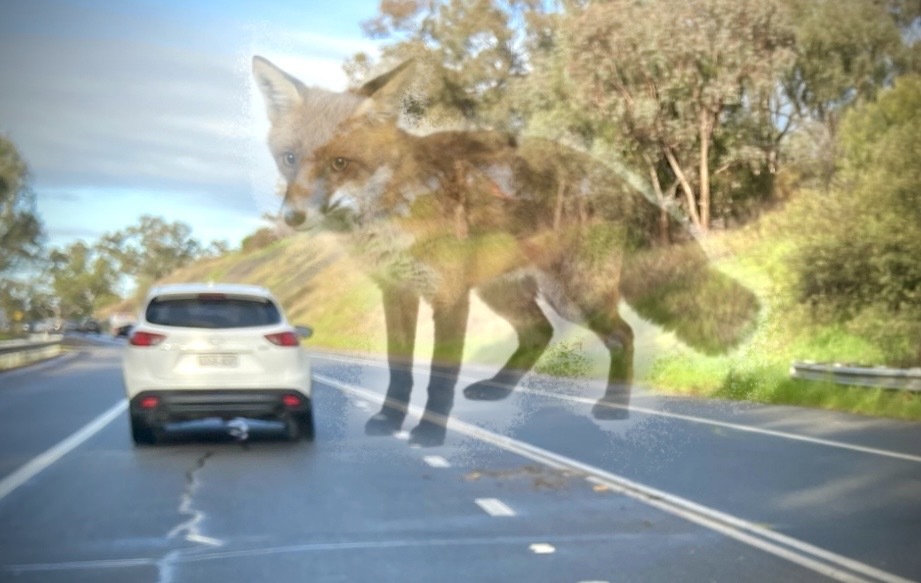
The ghost of the Gobba Fox will forever haunt the northern side of the Gobbagombalin Bridge. Photo: Chris Roe.
Year in Review: Region Riverina is revisiting some of the best Opinion articles of 2022. Here’s what got you talking, got you angry and got you thinking in 2022. Today, Chris Roe laments the fate of the Gobba fox.
The poor old Gobba fox is in pretty bad shape.
You know the one – in the middle of the Olympic Highway on the northern side of the Gobbagombalin Bridge where the merging lane ends.
Sadly, not much is left of his once-rich reddish-brown coat, black ears and bushy tail.
He’s been reduced to a brownish smear on one of the city’s busiest roads.
We’ve watched him decaying away through rain and shine, hell and high water.
At first, it was intriguing to observe his very public decomposition.
It was something to look at right at the point where we were slowing down for the morning crawl across the bridge into town.
But as he lost his form, pecked at by crows and pummelled by thousands of wheels every week, it started to become sad.
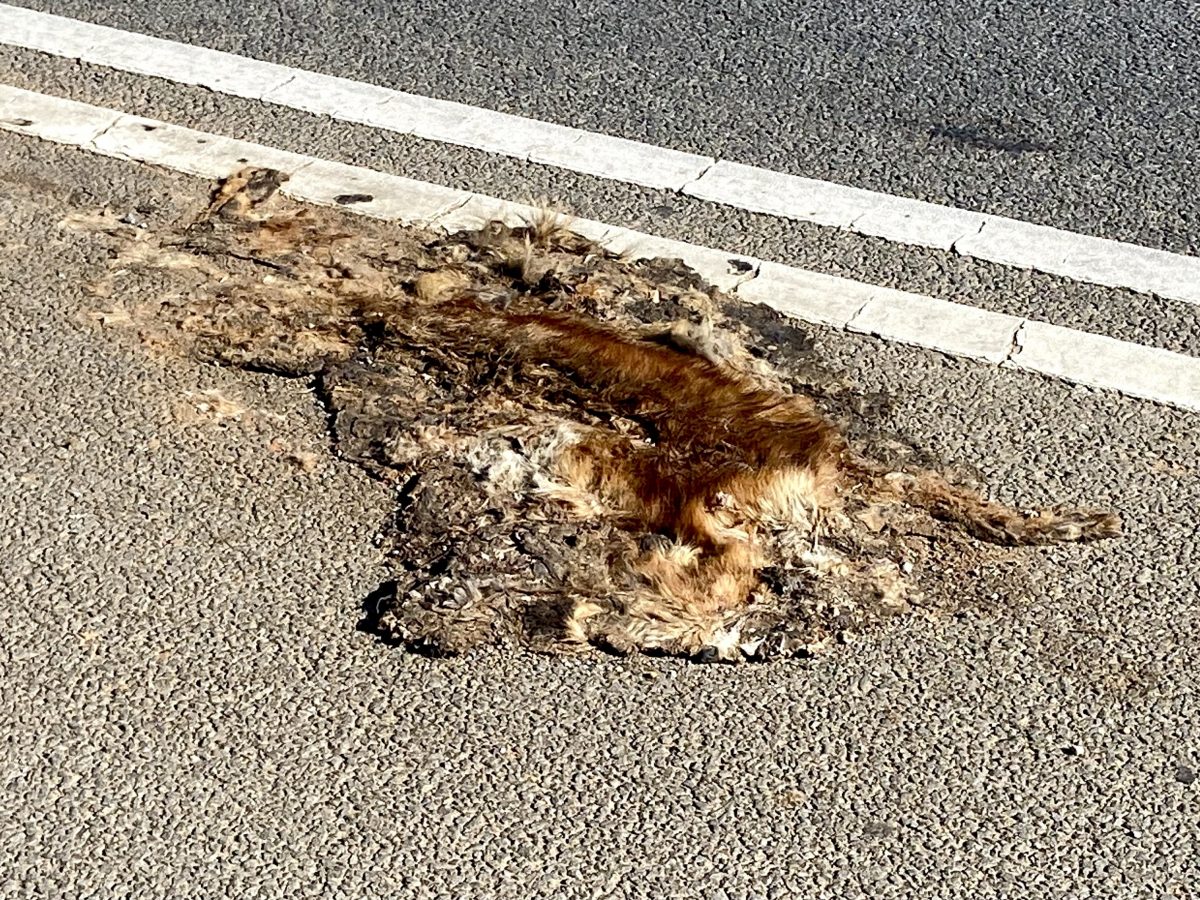
Three weeks ago, our little friend was still recognisable. Photo: Chris Roe.
It’s hard to remember how long he’s been there.
A quick straw poll of northern suburbs residents in the Region Riverina office has suggested the fox met his untimely end sometime in June.
A more exact time of death would be hard to pinpoint, but we suspect he’s been there for at least two months.
Roadkill is, of course, not unusual on Australian roads.
Some years ago, American comedian Dave Anthony remarked that no one warns you that as a tourist, the first kangaroo you are likely to see is a dead one.
The furry half of our national emblem, struck down and cast to the side of a highway, one leg in the air and bloating in the Aussie sun.
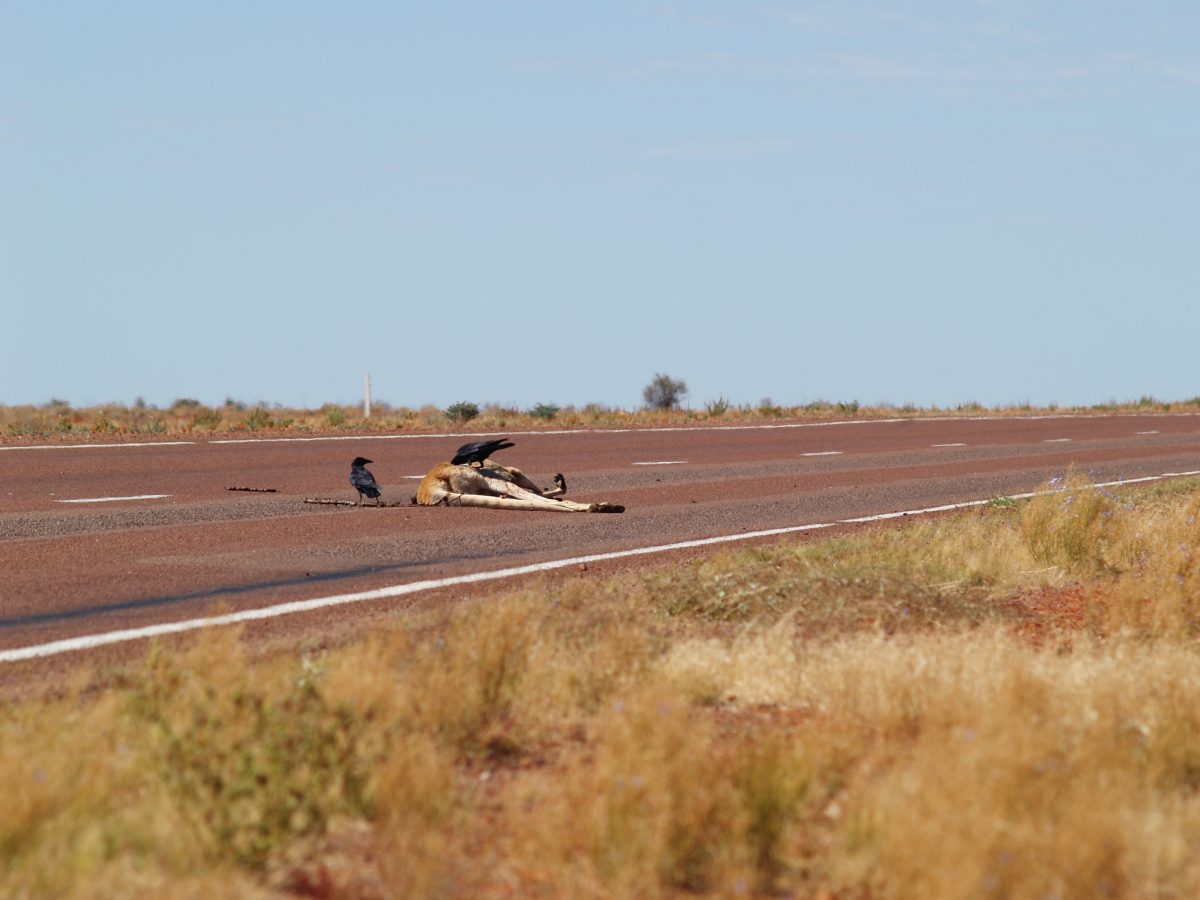
For many tourists visiting Australia, this will be their first encounter with a kangaroo. Photo: jesperlindjans.
The trend in recent years of tagging our roadkill with marker paint (indicating that the pouch has been checked) has always struck me as slightly perverse.
The first time I saw a wombat sprayed with fluorescent-pink paint, it looked like rural delinquents had struck, doing to wildlife what their city cousins do to trains.
No doubt it’s all part of the process, an important and unnoticed job clearing up the casualties of our commuting.
Ten million animals are hit on Australian roads each year.
In New South Wales it falls to Transport for NSW, local councils, contractors and sometimes the police to clear up the carnage.
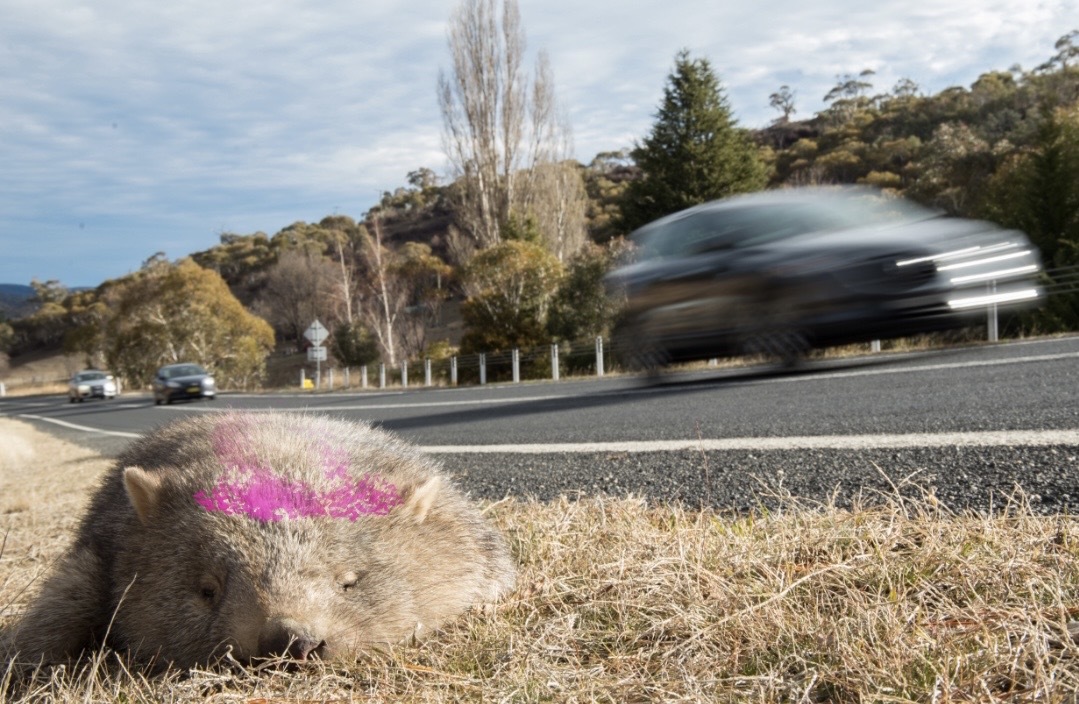
Tagged wombats are not an uncommon sight on the roadside. Photo: Adam Jeffers.
In the past 12 months, transport crews in the Riverina recorded 1765 removals of roadkill, mostly kangaroos, with the occasional fox and a smaller number of emus and pigs in the west near Hay.
Since January, Wagga City Council has responded to 30 reports of domestic animals, specifically cats and dogs, killed on roads in and around the city.
Further afield, it recorded 28 reports of other animals being killed, mainly kangaroos.
It’s unpleasant work, and we are grateful for it, but how did the Gobba fox slip through the cracks?
Forgotten and alone on the Gobba Bridge as his body was slowly ground to a pulp and carried to the four corners in the tread of our tyres.
So as you sit in traffic heading on to the bridge in the morning, spare a thought for our feral friend.
And, in the words of Banjo, if you listen closely, perhaps “his ghost may be heard as you pass by that billabong”.
Rest in pieces, little fox.







